Macrobiotic Diet 101 | How to Start a Macrobiotic Diet
Learn the basics of the macrobiotic diet ➤ How to adopt a macrobiotic diet ➤ Macrobiotic Recipes ➤ Macrobiotic Nutrition and Lifestyle Principles ➤
Table of contents:
- What is the macrobiotic diet?
- Macrobiotic diet basics
- Macrobiotic Books and eBooks
- Macrobiotic Foods – what to eat and what to avoid
- Yin and Yang in the macrobiotic diet
- Macrobiotic nutrition and lifestyle principles
- Macrobiotic recipes
As you may have heard, 10 days ago I started the Ohsawa diet (George Ohsawa’s brown rice diet) in order to cleanse and purify my body. I needed it badly. I was super cranky all the time, over-stressed and everything annoyed me. So, I thought a good detox will cure all that.
I heard about the Ohsawa diet and decided to give it a try. Of course, I was a bit skeptical at first as I never considered cereals to be that good for your health and I was actually afraid I’ll gain weight by eating all those carbs. Well, I was wrong. I lost 4kg. I had 57kg when I started this and now I have 53kg. For a long time I wanted to achieve this weight goal but as I told you before, diets aren’t really my thing. I didn’t even put an effort into it.
I heard that the Ohsawa diet is great because it also helps you achieve the ideal weight. For example, if you are overweight you can actually lose up to 1kg each day until you have a normal weight, If you have a normal weight you will maintain it and if you are underweight you’ll actually gain weight. The wonderful thing is that you don’t have to starve yourself. You can eat as much as you need. You’ll feel full after small portions anyway.
The 10-days Ohsawa diet is hard to keep at first. You have to eat only cereals, like brown rice, whole wheat, millet, and buckwheat, for 10 days. You’ll crave other stuff too. For example, I craved fruits and veggies the first days but managed to keep the diet until the end. The cravings will disappear after the 3rd day or so.
I decided to begin a macrobiotic diet, actually more like a macrobiotic lifestyle. I think it’s a wonderful diet and I really believe in its principles. I also found so many great macrobiotic recipes and I was amazed by how delicious they look. I can’t wait to give them a try. Now that I’ve shared with you my personal Ohsawa experience with the George Oshawa diet (which I strongly recommend!!) I will also tell you everything you need to know how to begin a macrobiotic lifestyle / macrobiotic Japanese diet.
About the Macrobiotic Diet – What is a macrobiotic diet?
The macrobiotic diet first appeared around the end of the last century, when a Japanese army doctor (Sagen Ishizuka) established a theory of nutrition and medicine based on the traditional Oriental diet. He suffered from multiple illnesses and studied both Western and Eastern medicine.
He then compiled the information and his conclusions in two books Chemical Theory of Longevity and Diet For Health. Ishizuka criticized the adoption of the Western modern medicine and nutrition principles, and strongly recommended the Japanese traditional diet – whole, unrefined foods, with almost no animal foods.
Suffering multiple “incurable” diseases from a young age, George Ohsawa learned about the macrobiotic diet from two of Mr. Ishizuka’s disciples and managed to completely restore his health. He then wrote more than 300 books and articles about the macrobiotic diet.
Macrobiotic Diet Basics
What does macrobiotic mean?
The word macrobiotic comes from “macro” which means big and “bios” which means “life”. So, macrobiotics can be also called the art of a great life. Macrobiotics is not actually a diet and it’s more a way of life. It includes also the spiritual part of living and it teaches us to see the bigger picture, to consider the ups and downs in life as gifts given to us in order to become better beings.
How to start a macrobiotic diet?
One of the important nutrition principles in the macrobiotic diet involves consuming macrobiotic food that is rich in nutrients and has balanced yin/yang properties. The macrobiotic diet contains macrobiotic foods like whole grains, beans and bean products (like tofu), organic vegetables (local and in season), soups, sea vegetables, desserts (sweetened with rice syrup, barley malt, fruit and sometimes maple syrup), a little fish, a little fruit, pickles, condiments, nuts, seeds and non-aromatic teas.
However, having a macrobiotic lifestyle doesn’t mean you’ll never eat chocolate again or never have a margarita! 🙂 Of course, you can have a nice slice of chocolate cake from time to time or indulge yourself with a delicious alcoholic cocktail. The important thing is to always remember that moderation is key.
Do you want a personalized macro diet plan? Check out my meal planner! >>>
Books and Ebooks about the Macrobiotic Diet
I strongly recommend you to read these books to find out more about the macrobiotic way and the meaning of macrobiotic. I absolutely loved them and I think they’re very useful if you want to start a macro diet.
The first book you should read is Zen Macrobiotics by George Ohsawa. Zen Macrobiotics book makes it very easy to understand and you’ll love the way it is written. It offers you the basic knowledge you need in order to change your diet.
The second book I recommend is The Macrobiotic Path to Total Health: A Complete Guide to Naturally Preventing and Relieving More Than 200 Chronic Conditions and Disorders by Michio Kushi and Alex Jack. This one is very useful if you want to treat existing illnesses.
And last but not least, Healing with Whole Foods: Asian Traditions and Modern Nutrition by Paul Pitchford, which is more like an encyclopedia rather than a simple book. I LOVE it! It offers absolutely everything you need to know about healthy eating, whole foods and more. It is golden! I haven’t finished reading it all yet. It’s that kind of book you’ll get back to every time you want to know something.
Free ebook:
Kushi Macrobiotic Dietary Recommendations (English)
The Macrobiotic Meal | Macrobiotic Foods | Macrobiotic Cooking
Macrobiotic Diet Food List / Macrobiotic Food
1. Grains. Grains are the basis of a macrobiotic meal. Grains should make up 50-60% of your meal. Brown and wild rice, barley, millet, whole wheat etc. are recommended.
2. Vegetables. Veggies are the next most important part of your macro meal. Cooked and raw veggies should make up at least 30% of your plate. Leafy greens are macrobiotic vegetables that are strongly recommended (except spinach which is very yin and should be occasionally consumed). Local and in-season veggies are also preferred. When eating you’ll have to keep in mind the yin/yang properties of certain vegetables. This is not hard to learn.
3. Beans. Beans, especially fermented bean products like tempeh and miso are important to your meal. Beans should be about 10% of your meal. Tempeh, whole beans or legumes like lentils, chickpeas and more should be on your plate. Tofu is also a good choice as it contains natural probiotics and aids digestion.
4. Fruit. This may be a shock to you but actually, fruits should rarely be eaten in a macro diet. They’re perfect as snacks or desserts but should not be eaten more than 3 times a week. Tropical foods, like bananas or pineapple, should be avoided.
5. Sea Vegetables (Seaweeds). Another important part of your macro meal would be are sea veggies. Dulse, kelp, kombu, arame and more are healthy choices for your meal. Sea veggies are rich in vitamins and minerals and excellent for health.
6. Soup. Soups are a very important part of a well-balanced macro diet and should be eaten daily. Soups that contain grains, veggies, sea veggies and beans are an ideal macro meal in a bowl. Miso soups are pretty popular.
7. Fermented Foods. Tempeh is ideal but you can also try pickled veggies which bring lots of good probiotics in your diet.
8. Condiments/Oils. Oils like sesame oil and corn oil are the best (be careful, corn oil mustn’t be GMO) Miso paste, sea salt, brown rice vinegar, tamari, tahini, brown rice syrup, veggie broth, dried mushrooms etc. are also welcome.
9. Fish. The macrobiotic diet allows you to eat white meat fish 1-3 times a week. Of course, if you are vegan or vegetarian you can just skip it, it will not affect the diet in any way.
10. Whole Foods. The less processed foods are, the better. This is one of the most important principles in the macro diet.
Macrobiotic food pyramid
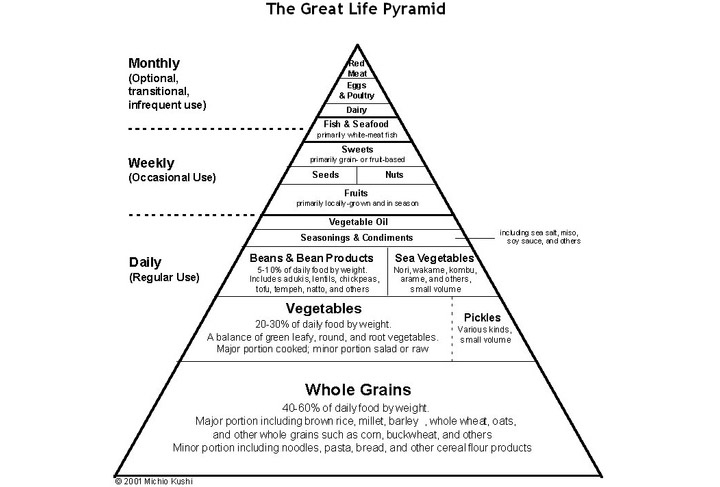
For a better understanding of the macrobiotic diet, here are the three categories of macro foods, from most frequent to less frequent.
1. Main foods: whole grains, veggies, beans
2. Secondary foods: fruits, beverages (teas, veggie juices), oils, nuts, seeds, fish
3. Pleasure foods: Eat whatever you want, in moderation.
Best to avoid foods in the macro diet
- Any food containing white, brown, or any other refined sugar
- Artificial sweeteners
- Fruit juice
- Milk, cheese, cream, butter, ghee, yogurt, and ice cream
- Refined Oils
- Caffeine
- Alcohol
- Heavy use of spices
- White rice and white flour
- Foods containing chemicals, preservatives, dyes, and insecticides
Here is a list of Yin and Yang foods. As stated above, it is best to consume foods that have a balanced Yin/Yang energy. Extreme and very Yin and Yang foods should be avoided. Yin and Yang Food Chart
Macrobiotic Principles | Yin and Yang in the Macro Diet
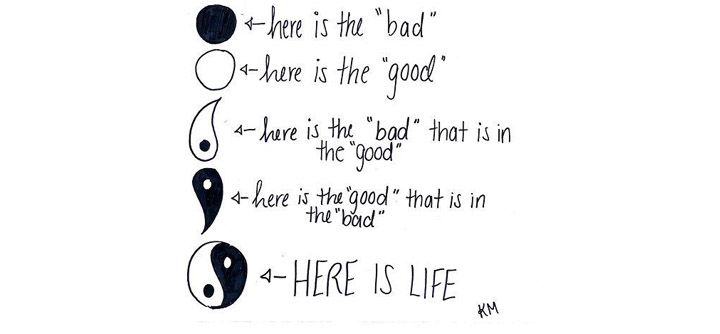
Yin and Yang are at the base of the macrobiotic diet. As Wiki says, in Chinese philosophy, the concept of yin-yang is used to describe how seemingly opposite or contrary forces are interconnected and interdependent in the natural world; and, how they give rise to each other as they interrelate to one another. Many natural dualities (such as female and male, dark and light, low and high, cold and hot, water and fire, life and death and so on) are thought of as physical manifestations of the yin-yang concept.
In the macrobiotic diet, it is believed that if we eat foods that are whole, local and in season, our bodies will get the ideal yin and yang needed. It is also encouraged not to eat foods that are either too yin or too yang as it may disturb our inner balance. The perfect foods to consume in macrobiotics are the ones which have a good yin/yang balance. Yin attracts disease; a body with too much yin energy is an ill body. Yang on the other way cures the disease but is interrelated with the Yin energy of the body. A balanced body is a healthy one.
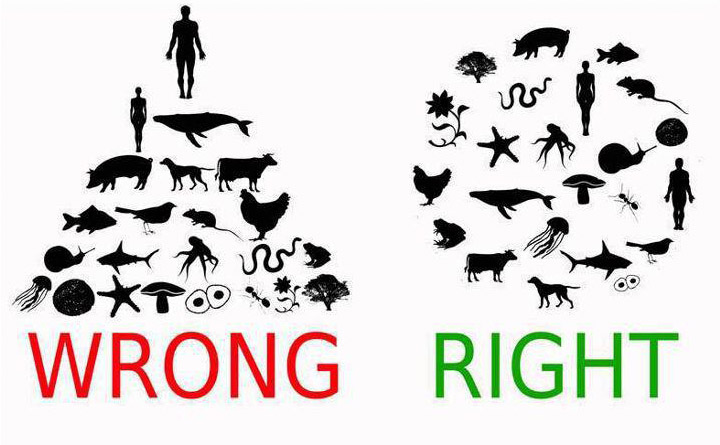
Macrobiotic nutrition principles
- Enjoy eating and be thankful for your meals.
- Eat seasonal and local foods.
- Be mindful of quantity and quality.
- Avoid dietary extremes.
- Chew your food thoroughly.
- Reduce the volume of what you eat.
Macrobiotic lifestyle principles
- Be generous.
- Be responsible and admit faults.
- Discover life via personal experience.
- Develop your intuition.
- Be friendly.
- Respect all living beings.
- Be mindful of ecology.
- Practice economy of life.
- Have a sense of humor.
- Practice self-reflection.
- Perfect the art of living.
Macrobiotic Recipes | Macrobiotic Meals | Recipes for Macro Diet
I recently created a new PinBoard on Pinterest with macrobiotic recipes for beginners. There are so many delicious and healthy macrobiotic meals you can try. Take a look at these Japanese macrobiotic recipes and if you want, follow me. 😉
Macrobiotic Recipes PinBoard
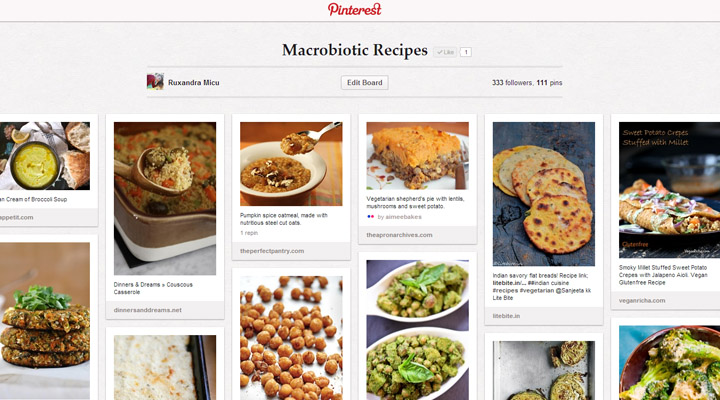
Do you want delicious, healthy, macrobiotic recipes created just for you? Check this out! >>>
Macrobiotic Blogs I Like
(I will update this list every time I find a new blog. Suggestions are very appreciated!)
Looking forward to reading your comments and your opinions on this! Also, if you have tried macrobiotics before please share your story with us! Thanks!!
If you make this, please leave a review and rating if you liked this recipe! ★★★★★

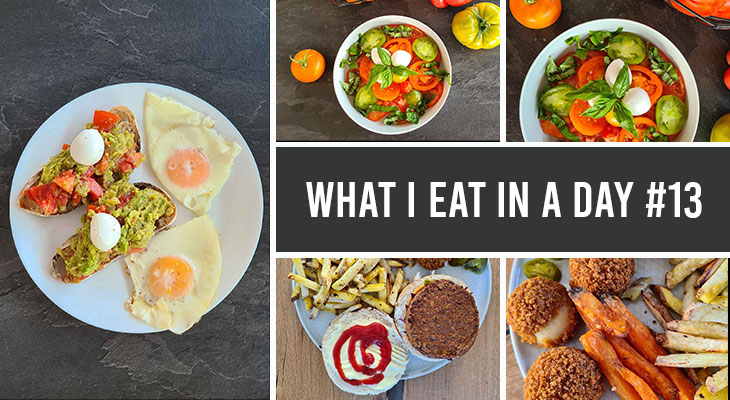
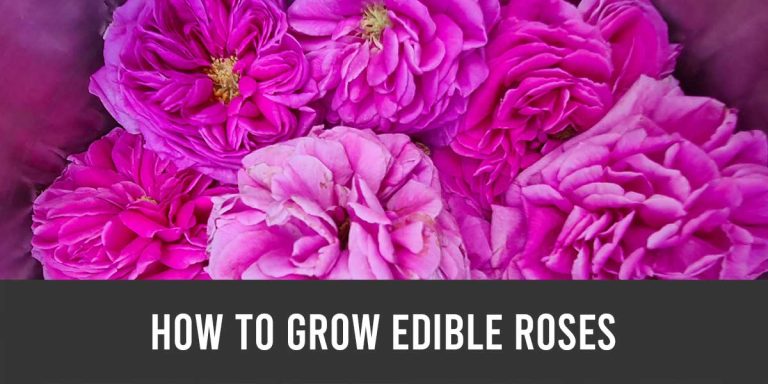
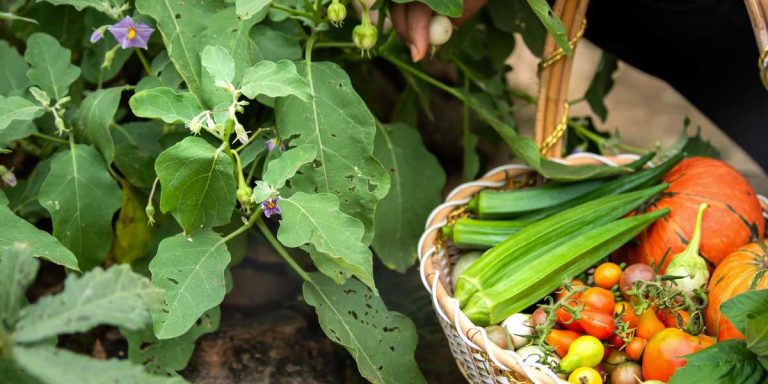
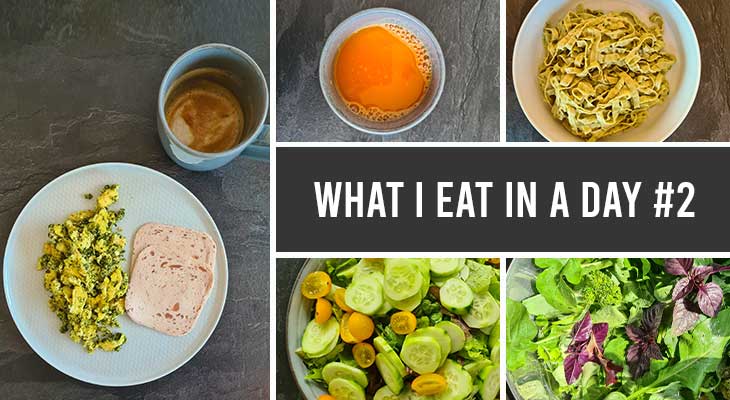
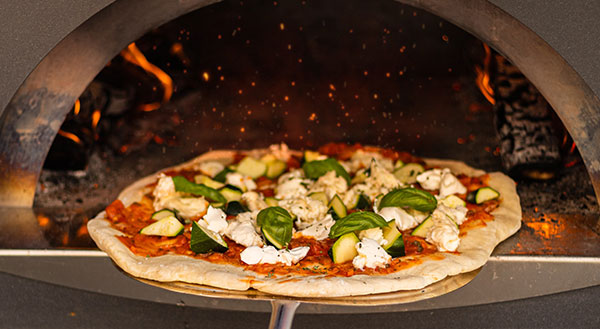
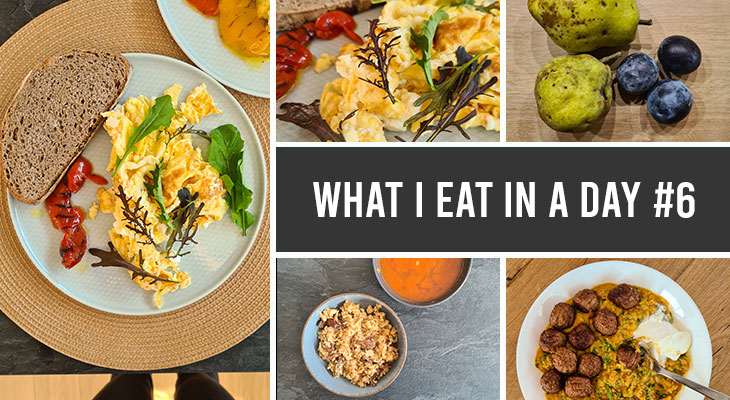
I was macrobiotic for a few years and you do get thin
Just wanted to let everyone know that Michio Kushi’s grand daughter is now working on teaching how to cook macrobiotic foods with a modern twist to it. She has her own website if you google her, I highly recommend her!
Thanks, Anna! 🙂
What is her name I can’t seem to find her through google
Hi everyone,
I would like to share with you some of my Mom’s experiences in the past few years. First of all, we thanks one of her friends introduced her the “Oshawa diet method”. Otherwise, she would have died long time ago.
My Mom was really sick. She could not breath properly, exhausted all the time, so many symptom of which 6 doctors could not figure out what was wrong with her and they gave up. Finally, her friend recommended her to try Oshawa Diet Method. There are 7 diet levels that you should follow. The most difficult one was strictly eating only Brown Rice and sesame seeds with a little salt for at least 10 days, drink just a little pure water. We were so worried of seeing her kept losing weight….But miracle happened, on the 5th day she sit up slowly and walked around the house without help. The 10th day she talked and washed dishes …Now she is 84 yrs old living healthy.
Since then, we followed her diet method and it can cure almost any kind of diseases I believed so. For more information, please go on line searching for “Oshawa diet” it is part of Macrobiotics diet as well. Good luck !
Hi, Julie!
Thank you for sharing your mom’s story with us! 🙂 I am so happy the macrobiotic diet has helped your mom! It’s amazing! I used to keep the Ohsawa diet once a year but I stopped, don’t know why. Your story inspired me to do it again, as a prevention. Thank you!
@Julie, Wonderful inspiring story, so happy you shared with everyone, and even better that your Mother is healed. Can’t wait to start the diet very soon….
You are so awesome! I don’t think I’ve read through anything like that before. So wonderful to discover somebody with unique thoughts on this subject. Really.. thank you for starting this up. This web site is one thing that is required on the web, someone with some originality!
Thank you, Roxie! :*
I have lupus.liver disease.sceroderma and now pulmonary arterial hypertension.would this diet help
Hi, Elizabeth! Any healthy diet helps, but it’s best if you ask your doctor.
Great article!
Hello Ruxandra,
As a vegan I almost already follow the macrobiotic diet. But I have two issues with it: First, why are fruits so downplayed? Everywhere one goes, we are told how good they are for our health. So many phytochemicals!
Second, corn and soy oils, and other seed oils, being omega-6 oils, are inflammatory. The anti-inflammatory oils are omega 3, (fish oil, flax oils), as well as the nut oils, including coconut. The only exception is GLA, which is an omega-6 oil that is anti-inflammatory (found in borage, black current seed, and evening primrose oils). Inflammation is more and more found to be at the root of a whole host of diseases. So to intentionally eat omega-6 oils seems misguided to me.
By the way my arthritis pain left me when I cut out omega-6 oils and other inflammatory foods with arachidonic acid.
So, if I were advising someone, I would steer in favor of the ANTI-inflammatory fats/oils, not the inflammatory ones recommended by the macrobiotic diet.
And as for fruit, I would not advocate eating it in excess because of the fructose, to which some persons are intolerant; but I would think seriously before putting it so low on the priorities. Also, it is important that one not make up for the omission of fruit with less desirable foods.
Thank you for your informative site.
Hi, Lilac!
That’s my problem with the macrobiotic diet as well. I LOVE fruits! It’s something about their energy that’s not in line with the macrobiotic principles. Anyway, I don’t think that someone can have a 100% macrobiotic diet. That’s the diet for monks or really sick people who are on a treatment. If you still want to enjoy foods, a 50-60% macrobiotic diet should be enough.
What I found out is that it’s better to adapt a diet to your own needs. I can’t say my diet is macrobiotic but I learned a lot from this diet and still incorporate some macro principles into my lifestyle.
You should do the same. The macrobiotic diet has some really good principles. The ones that you feel are not suitable for you, you can modify as per your needs. So eat more fruits and only the kind of oils you like, but also eat a lot of fermented foods, whole grains and veggies. 🙂
Hi Ruxandra, I am 59 and only have 11 not too clever teeth left.
I am interested in losing weight and balancing yin/yang.
Do you know of any macro biotic liquid diets.
Thanking you in anticipation.
Susan
Hi Susan. You could try eating more macro soups and smoothies and maybe puddings as well. Unfortunately, I don’t have any recipes.
There are 2 helpful cookbooks: MUYUMI’S KITCHEN- Macrobiotic Cooking for Body and Soul which the author/chef calls her recipies “petit macro”. She provides easy recipies. Another excellent book to learn the basics to transition into macrobiotics is THE SELF-HEALING COOKBOOK-A Macrobiotic Primer for Healing the Body, Mind and Moods with Whole Natural Foods . Author- Kristina Turner
Thank you very much for your recommendations! 🙂
Thanks for the basics on macrobiotic as I’m very ill from Stage 3A GIST stomach Cancer, surgery and cytoxic Chemotherapy damage and have tried everything else already. Despite living a clean exercise filled life my genes caused me to get very ill from all this as MTHFR mutation makes it hard for my body to expel toxins. I Iive in chronic body wide musculoskeletal pain, GIST has a 20-54% 5 year survival rate and 90% recurrence (63% in liver), both are among top 5 most lethal forms of Cancer. My pain doctor says he had other Stage 4 (metastatic) Cancer with similar painful symptoms and now says he feels better than ever since being on macrobiotic diet. My neurological damage is spreading and I’m losing control of my GI tract that was badly damage by daily Chemo that nearly killed me in < 3 months then B12 mal-absorbtion caused by gastric resection surgery has made related biochemical Chemo brain damage and body wide musculoskeletal pain and neurological damage worse as cyanide in cheap cyanocobalamin B12 also poisoned me for a year before I did research and had test done to confirm I need weekly Methyl-B12 active methylcobalamin injections (I order as custom dose monthly via compounding lab) to fight off dementia and Cognitive impairment. Weekly acupuncture and chiropractic hear electrostim treatments and monthly deep tissue reflexology zone therapy massage help manage pain but last only day or two and gradually less time as my neurological damage spreads. Now my food passes thru me so quickly the acid is burning me on way out of my body! I'm coming up on 4 years since I was diagnosed with large 7.5 cm malignant tumor so I pray this macrobiotic diet, lifestyle will help or I'll likely pass from Early plane within 2 years if I can't stop my health decline!
I’m so sorry to hear this. I really hope the macrobiotic diet will help you. Have you tried other alternative methods as well? You should read the book “The Journey” by Brandon Bays. It really helped me a lot to heal some emotional problems which were manifesting themselves in the physical plane as well. I think you should fight this on many levels at once. The treatment, that you are currently on, the diet, and the spiritual-emotional level. You should check out the book and maybe it will help you too, as it helped me. It was pretty eye-opening. I’m sending good thoughts and prayers to you! Lots of love in your way and I relly hope you will get through this!
Hello, bless you for the path you walk. Here are a few resources you may find helpful and effective:
in addition to the brilliant book “the journey” ruxandra recommended.
– paida-lajin is a form of meridien energy activation to accelerate healing the body. Easy to find and there are affordable courses to self practice.
Pailala.org and many YouTube videos.
Wish you well and also hold you in prayer.
I like learning and reading about macrobiotics, a way of life, to eat healthy and nutritious foods. Eating healthy helps to keep our bodies healthy but it has to be done slowly with a macrobiotic counselor and your physician. If you are taking medication, you should not taking them until your doctor tells you that your ailment is gone and you no longer need them. You need to be patient with yourself, cook healthy meals and continue learning about macrobiotics.
Amazing!
too bad yin still is seen as bad..it has been a common thread of misconception with macrobiotics..for years..
I spent many years involved in macrobiotics but this aspect of it’s philosophy is incorrect and misleading..
good and bad are too limited..it was never meant to be interpreted in this way..
the dark, the feminine..are not bad..this needs to change..
Macrobiotic teaching needs to update it’s description of yin and yang..
I believe there are no bad foods..Michio Kushi himself said “you can eat anything..just know what it does to you”..He also said “No Credo”..don’t believe me..see for yourself..
There are foods which certain people need to avoid a t certain times..It is meant to be individualized according to your condition and constitution..
Good and bad are overly simplified concepts. Somethings take a greater subtlety to understand..I suggest you rethink your explanation.. Sincerely.. Lisa B.
I have just been told about this macrobiotic diet . I would like to get as much information as I can about this diet as I have a lot of health issues and I thin this diet may help me to better health . Thanks AnnA
Hello! I am currently creating a website which will be a gift to those who are interested in the macrobiotic diet. It will offer opportunities for people to sign up to attend webinars with a macrobiotic master offering lectures on the philosophy of the macrobiotic diet as well as cooking courses.
I plan to have as much fun with this as possible, so stay tuned!
themacrobioticdiet.org
Today it’s my 5th day and I only ate millet, buckwheat and brown rice an I might be gluten intolerant. I ate very little (some days only 200 gr of cereals a day and the maximum 300 gr cereals) only boiled cereals and I didn’t lose any weight. It is really weird to me since I am a little overweight. I am very disappointed although I know this is not a weight loss program. Can you detail us your daily regimen during this detox? How many meals/which quantity of cereals did you have everyday? thank you
What made you think you are gluten intolerant? Did you eat wheat as well? Millet, buckwheat and rice don’t contain gluten. Anyway, I do recommend to keep the Ohsawa diet GF. It’s better. I ate 3 meals per day and pretty small quantities. I actually noticed I felt full with less. About 1-2 handfuls / portion. If weight-loss is your main goal, I would strongly recommed to wither choose a raw diet, or alternatively, opt for a low carb – high fat (healthy fat) veg keto diet. I found that both were great for me.
Hey Ruxandra. Do you have any idea why am I not losing any weight? This is day 4 of 10 days Oshawa diet and the scale is stubbornly stuck at 64.9 (at 170cm height), not a centigram less than day 1, is this normal? Is driving me nuts, I am following the rules precisely. This totally questions the effects, even though there are 6 more days to go. Thank you
Hi Cyanilla,
First of all, the Ohsawa diet is not for losing weight, it’s for detoxing, cleansing your body and balance your energies. Yes, for some it may act as a weight loss diet as well (As it was the case for me) but for others it won’t work like that. Maybe you should eat smaller quantities? How much do you eat per day?
Just learning about this way of eating.. Would love tostart trying this and becoming healthier and more balanced
Hi Annie! I have 2 free macrobiotic meal plans. Maybe these will help: http://gourmandelle.com/category/meal-plans/macrobiotic-meal-plans/
Thank you.
Thanks for an inciteful read. My mum was recently diagnosed with heart disease. I read somewhere that heart disease could be reversed on a macrobiotic diet. Would you agree with that, and what type of diet plan would you suggest? Do you have recipes geared toward reversing heart disease? GLoria
Hi Gloria!
I’m very sorry to hear that. The macro lifestyle is truly wonderful. I’ve also heard about many healing cases from chronic diseases and even cancer! I agree that a healthy diet will always help your body heal itself. I don’t have a lot of experience in this particular field (heart diseases), but I can recommend you to check out my free meal plans and give them a try. Hope they help!
Sounds good ,I have been trying, to get away from bad foods for a while now. I eat no Pork, fresh everything if I can find it. No pop beverages ,I drink Tea and water. No bread ,white rice, Pasta practicly no dairy. My problem I ‘m a Diabetic. I must eat more protein per meal then anything else or my numbers go up way up. Any advice. Thankyou*
Hi Yvonne! A vegan macro diet is a great choice. Protein is no problem on a vegan diet. Everything has proteins, even fruits and vegetables. Nuts and seeds are very high in protein. Chia, hemp seeds, spirulin, chlorella (and other alge), nut butters, tofu and other soy products, beans, legumes, all of these are great protein sources. You should try to go vegan and see how you feel. Check out one of my free meal plans and test this diet for a week. 🙂
this is just so nuts!
Hi. Do you have any suggestions for someone like me who is allergic to most grains. They all pose a problem for me. Quinoa is ok but I dont digest it well. Thanks for input:)
Do you have any suggestions for me? I want to follow this way of life. But I cross react to most grains as if they’re gluten. Do I just up the veggies and beans?
Hi Angie!
I am gluten intolerant too, so I don’t eat any cereals containing gluten. However, I keep a mostly vegan diet with macrobiotic principles.
Are you able to eat grains like millet or rice? These two are my favorite grains I eat. I also eat quinoa and certified gluten-free oats. Other than this, I try to eat as many root veggies and greens as I can (these are very recommended in the macro diet). I also try to eat fermented foods daily (pickles, pickled veggies, tofu sometimes, etc.). All the other macro principles apply.
Don’t worry about not eating other cereals such as wheat, barley or rye. These are actually pretty poor in nutrients compared to the other gluten-free grains you can eat.
Hope this helps! If you have any other questions, let me know!
Hugs! 🙂
Sorry I ju st seen your reply. I cant tolerate rice. They cross react with gluten for me. I stay hungry trying to get enough calories from veggies. No fruit either here during to the sugar issues. Thanks for responding!
Hi Angie,
Sorry for the late response. My advice for you is to try a grain-free macro diet then. Eliminate all grains, but follow the rest of the principles. Eat lots of fermented foods daily and have a mostly vegan/vegetarian diet. Also eat lots of root veggies, beans, legumes and greens. How’s millet for you? If it’s ok, you can include millet in your diet too.
Hope this helps! 🙂 Let me know if you have any other questions. I will gladly answer.
Thank you for writing this article. I use to follow a macrobiotic way of eating, as I was constantly struggling between an overly yang and then ying eating patterns. When I ate in this more centered and cleaner way of eating and stuck to it most of the time, I felt much more centered and at peace with myself physically and mentally. I am definitely going to give your program a try and get back to a more balanced state of being. Thanks again!
Hi Margie!
Exactly! That’s the way I feel too when eating macro foods. This diet balances your energies and makes you feel Zen 😛 I’m so glad the macro diet helps you too.
I’ve been eating in the yin style for 4 years now and have heard that you can become to yin. I believe this is starting to happen. What are your thoughts?
Hi Brandy,
I incorporate macro principles in my diet, but I cannot say I am fully macrobiotic. As I understood, it is not recommended to eat only yin foods or only yang foods. The macro way is the balanced way. More balanced yin/yang foods are recommended in this diet.
Yes, you probably are to yin now. You should eat strong yang foods for a while and then switch to a macrobiotic diet, which in fact is a yin/yang balanced diet.
Hope you’ll feel better!
Hi – loved this article – very helpful. For the 10 day detox where all you ate were whole grains can I ask: how much and how often did you eat? Did you calorie count at all? Thanks – I want to give this a go but I want to do it right and have all the facts first!! 🙂
Thank you Ellie!
I ate as much as I needed. You’ll see that you’ll feel full with very little amounts of food, that’s because the cereals contain lots of fibers. I didn’t count calories. The calorie intake is relatively low anyway. I’ve tried this detox 2 times now. I recently discovered I am gluten intolerant, so the second time I ate only the GF cereals. I would recommend you to avoid wheat and eat only the other GF cereals, like rice, millet or buckwheat. You can also eat GF oats. That’s just a personal suggestion of course. 🙂
Hope this helps. Keep me updated on the detox process! 😀
I’ve been looking all over the internet for a good explanation and introduction to Macrobiotic diet and lifestyle, this is exactly what I was looking for! I’m sold, can’t wait to start trying it! Thanks so much, saving this in my favorites for reference.
I’m so glad you found the article useful. I spent a lot of time writing it and wanted to make it as simple to understand as possible. I am so happy I succeeded 😀
Macrobiotic products are enriched with nutrients and which we get from nature. But still people loves to eat junk food which can harm their body . So, be conscious about your diet and eat the organic food. We can also eat Non-veg but that should be roasted. Include some liquid like soups in your daily diet plan.
Thanks for your tips Ashley! Soups are a bit problematic for me..I know I should eat miso soups but I really don’t like miso paste. I think I’ll just stick to my creamy veggie soups 😀
Thank you very much! Glad you found it useful 🙂
Very nice, simple explanation and presentation of basic Macrobiotics…very well done!
Thank you! 🙂